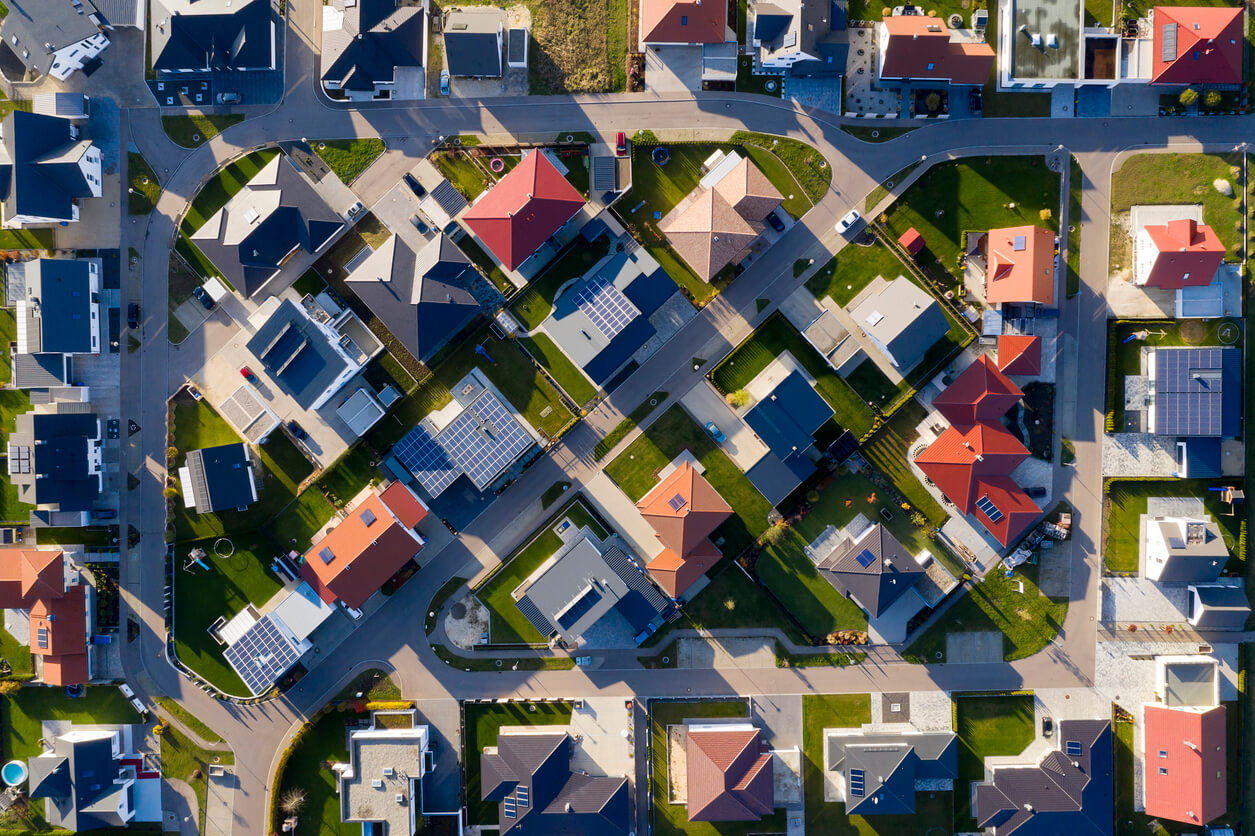The ins and outs of land zoning appear tricky at first glance. Once you get the hang of it, you can get your property development project underway with one less bump in the road to worry about. Land zoning pertains to the set of state and municipality laws which ensure that a piece of land is developed for the correct purpose to meet the need of the population within a defined area. Without such considerations, our towns and cities would be a hotchpotch of inconsistent properties. Ultimately, this lack of thoughtful planning makes for a far less friendly area for both occupants and investors.
Why Do Governments Use Land Zoning?
Land zoning affects how people live and work in their towns and cities. If properties are not grouped into commercial, residential, industrial, agricultural, mixed-use, and public-use areas, people are put off investing and living in such towns and cities. These areas may be troublesome to navigate, awkward to live and conduct business in, the infrastructure lacking, and ultimately unfriendly to visitors and residents.
Land zoning ensures:
- The best use of the land, based on its location
- Historical and heritage sites are preserved
- Floods zones and wetlands are designated and avoided
- The density of the area is taken into account when building
- Areas stay desirable to live and work in
- Efficient public transport routes are created
- Property values are protected
- The economic needs of the area’s occupants are taken into account
Who Decides on the Zones?
The government of a state or territory form a greater plan that outlines the aspects of the area they want to develop based on the location. From there, the local government and councils will implement these plans by setting out which zones apply to which areas. This way, a particular area can be developed to ensure the growth of, for example, the tourism sector by protecting local attractions and nature reserves. In other areas, the industrial or commercial sectors can be boosted to aid in economic growth, while residential areas will grow to accommodate the population.
How To Find Out Which Zone Applies to a Site?
Because your local government decides on zoning, you would want to visit the Australian government website, speak directly to your local council, or use property development software to determine what zone a particular area or site falls under. Bear in mind that these zones may change depending on the shifting needs of the area’s occupants.
Can Zoning Change?
Local governments do sometimes change the zoning of certain areas. Rezoning is generally done in conjunction with the state government and the residents of the area. Such changes range from accommodating population growth, supporting the commercial or industrial sector to aid economic growth, or developing infrastructure amongst others. As a property developer, it is essential to keep abreast of zoning changes as they may offer the opportunity to maximise your profit or foil your plans altogether.
The easiest way to research land zoning ahead of your property development project is through Archistar software. Archistar has an extensive national zoning database which is updated weekly.

